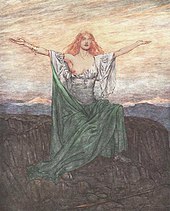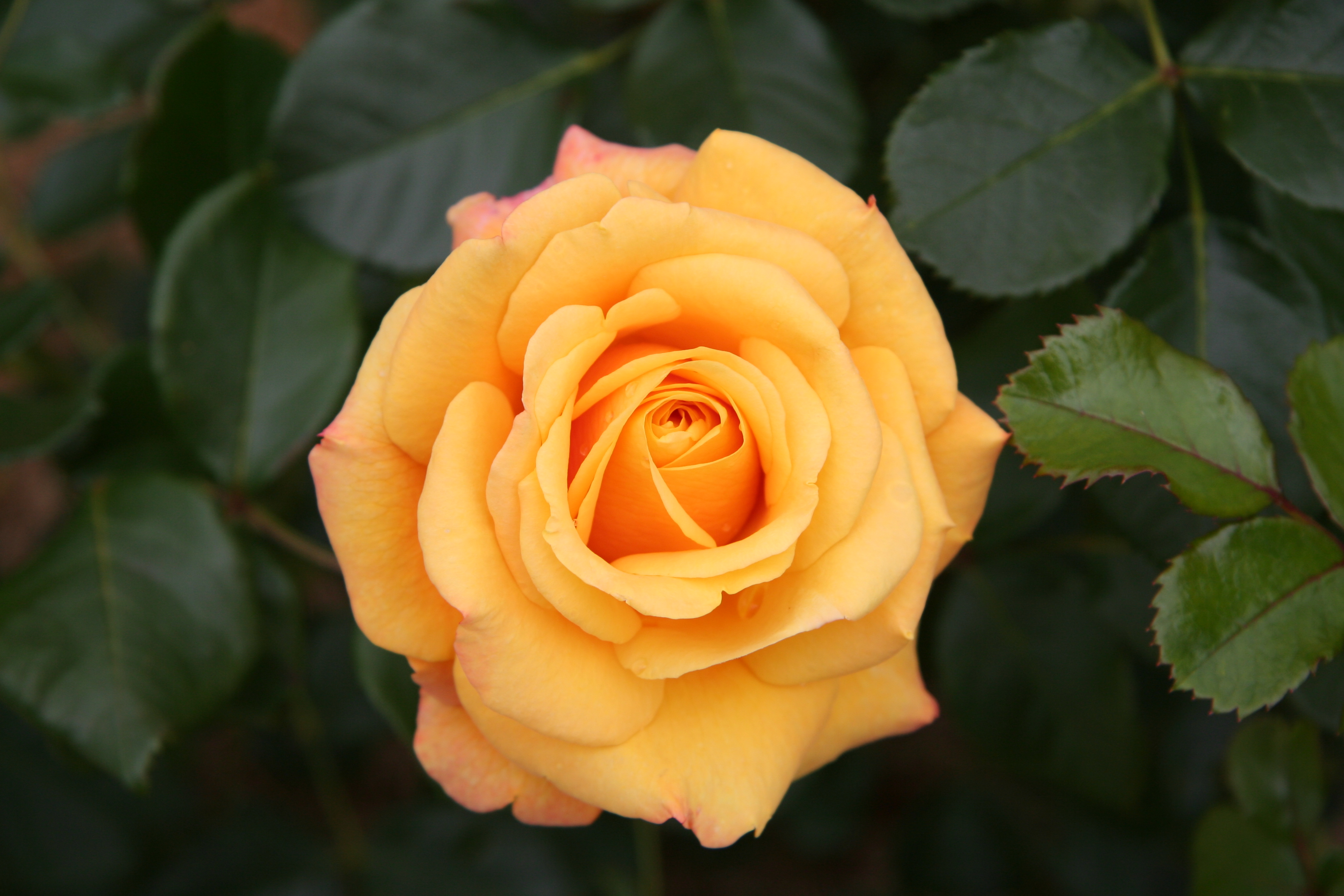 |
| From Here |
Faith in Dea (in all manifestations), Her actions (as described in the Scriptures), and in Her ability to hear our cries and respond to them forms the core of a Filianist's understanding of their relationship to Dea. Faith is a virtue that is bestowed upon us by the Divine and also a choice that we make regularly.
It is an especially challenging virtue to maintain during times of difficulty. The person who keeps the light of faith burning within their breast moves through life with the sister virtues easily within reach. Equally challenging to to maintain in times of travail is the virtue of hope. Hope shares many traits with faith and could be described as faith's twin sister.
Hope in Dea's love, mercy, and regard helps a Filianic believer to persevere despite the challenges that beset them. Hope in the Daughter's redemption of the Universe helps a Filianist endure the metaphysical horror of Hiatus. Hope in reunion with the Mother in the end of all things helps a Filianist to endure the perceived distance that comes during what St. John of the Cross described as the Dark Night of the Soul. Where the Christian version of the 'dark night' speaks of the struggles of renouncing the world and the times of spiritual crisis, a Filianist has a similar challenge, wherein they renounce the illusory aspect of reality.
Love is, as the Christian Apostle Paul is attributed with writing, the greatest of virtues. Much has been written about this most holy virtue. Indeed, if one takes a moment to review what this Christian man had written, one finds a very deep and accurate picture of love. Love that abides in the heart of a Filianist is a reflection of the love that abides in the heart of Dea. It is a grace that is given to all, regardless of their station or background. It can be found in all places, for the Daughter has brought this 'light' of the Mother into all things. It is also the very fabric of reality that is sustained by the Mother's hand, breath, and nature.
Much of the mysticism of the Filianic faith is rooted in an understanding and direct experience of these three virtues. They are the warp upon which the systems of belief and practice are woven. They are our direct 'line' to Dea that serves to both tether us to Her and sustain us regardless of the difficulties that we weather in life. There are times, however, where we falter in our practice of these virtues.
The faithful may suffer a lapse in their faith. The hopeful may despair. The lovers may turn indifferent. In these times where we struggle to maintain these virtues, it is good to continue to perform the exercises wherein we express them, as hollow as it may feel. The exercises of prayers of gratitude and acts of charity serves to act as a guide for the soul to find her1 way back to security in the virtues. In the next post, I will describe prayerful acts that serve to support and nourish the soul during times of difficulty. It is good to remember that even when we falter in our expression of these virtues, they do not completely vanish when we do not express them.
The seed of these traits lay within all. It is by way of the Divine's blessing (also known as Grace) that this potential can be found in all that is. The temple of the heart, spoken of in the Filianic sutra of the same name, is the residing place of these 'seeds'. They blossom forth by way of Divine will and our effort to nurture them with prayer, contemplation, and action. All who believe in the Divine in it's multifaceted, independently experienced splendor are the fruit of these 'seeds' regardless of the religion or spiritual practice they adhere to. Indeed, one could argue that all who believe are kin because of the fact that they believe.
~*~*~*~*~*~*~
1. The gendered term of 'her' is used for the sake of convention, not out of an argument that the soul is of a specific gender. It is the author's understanding that the soul is something that is independent of gender or gender-fluid.


